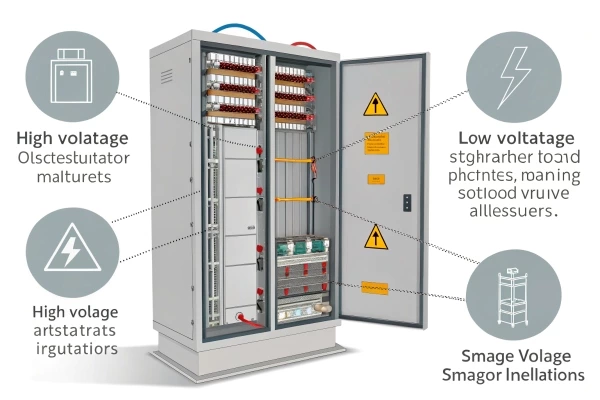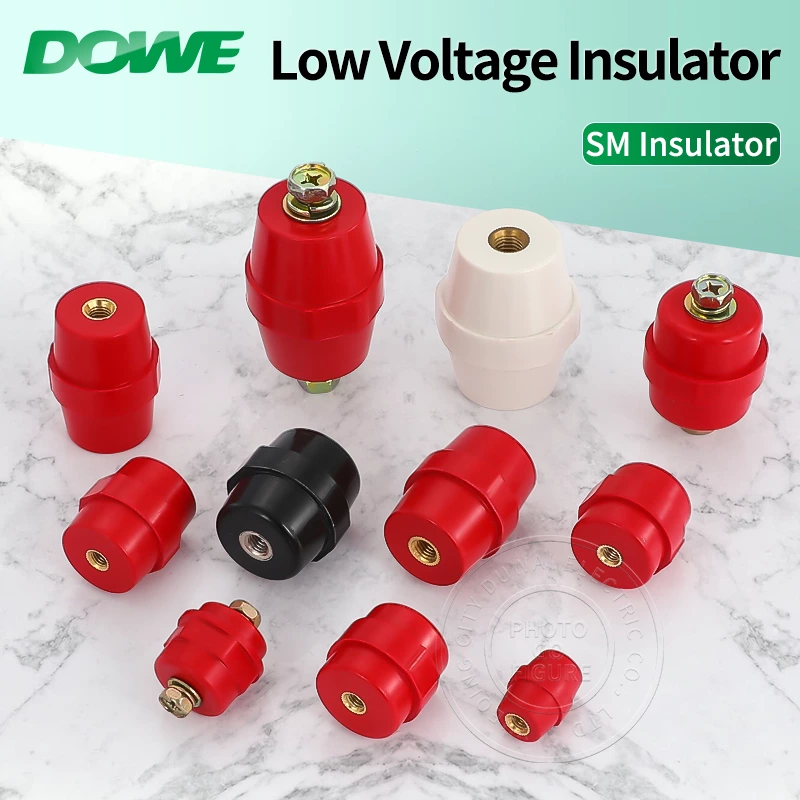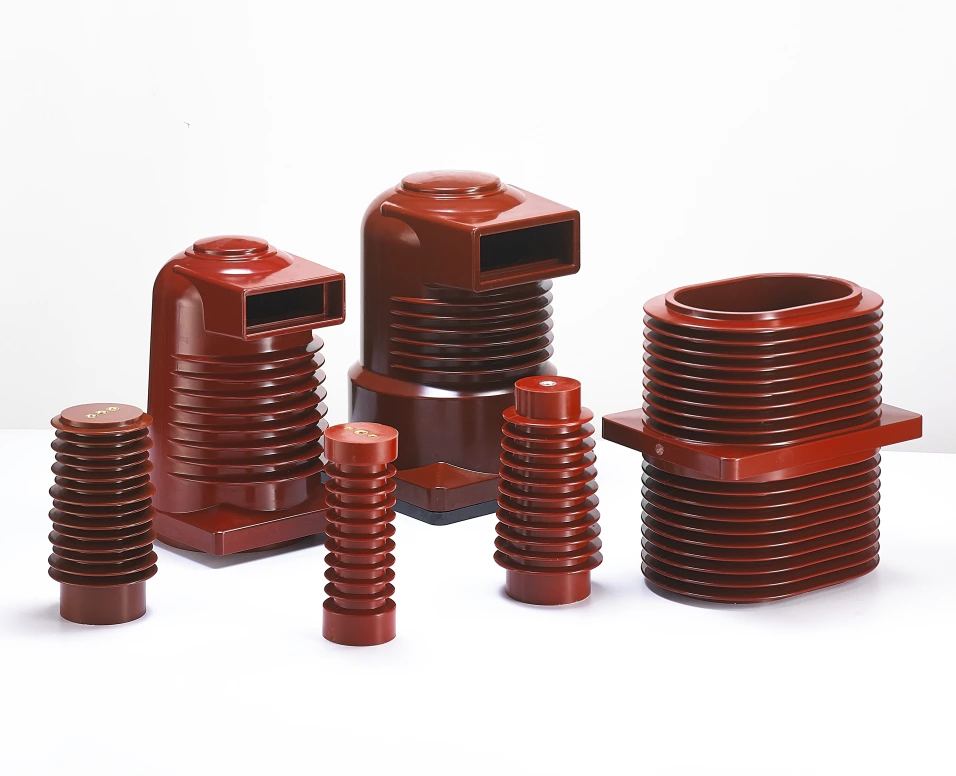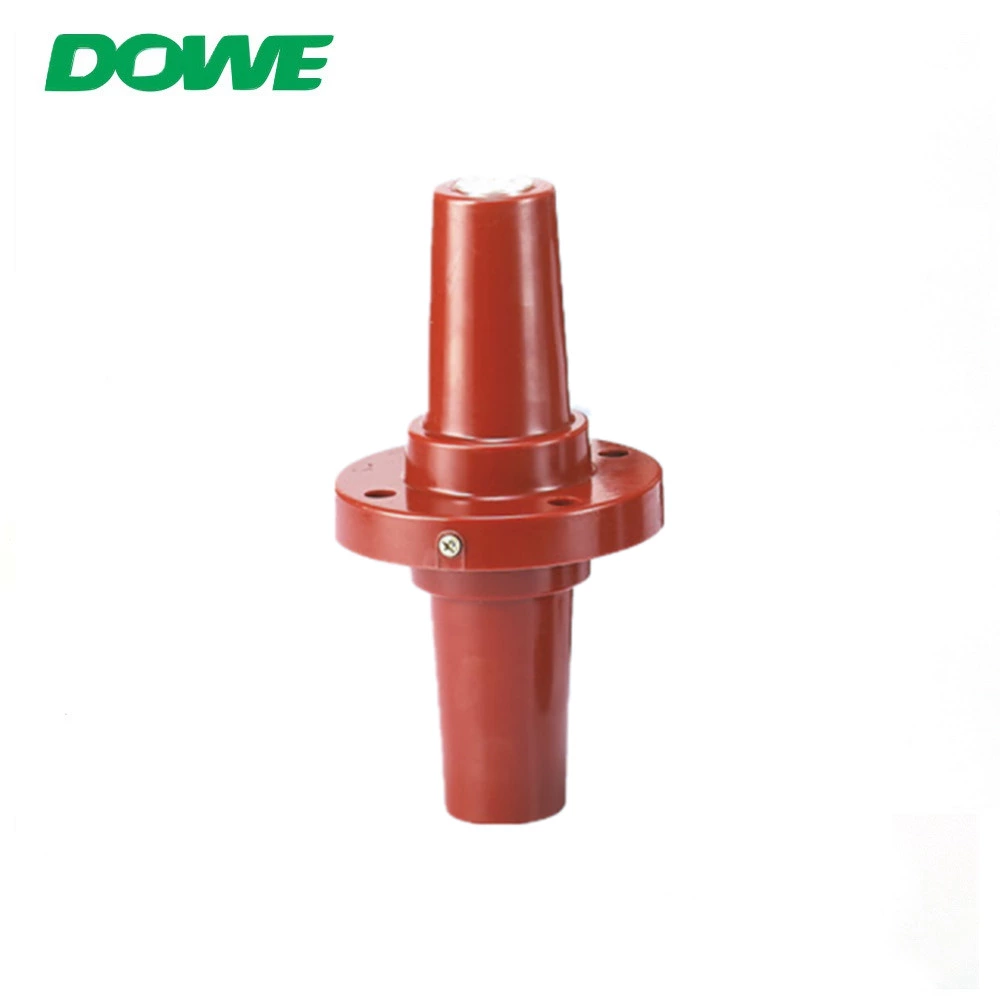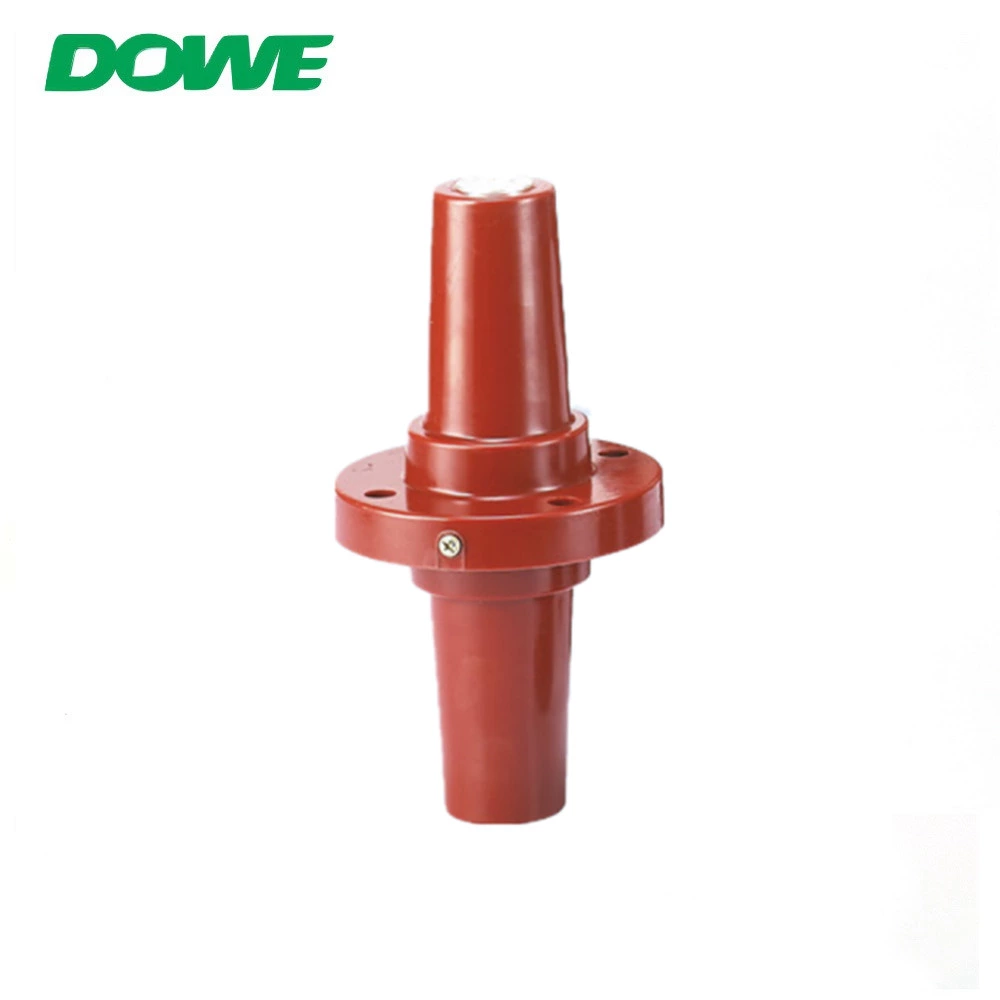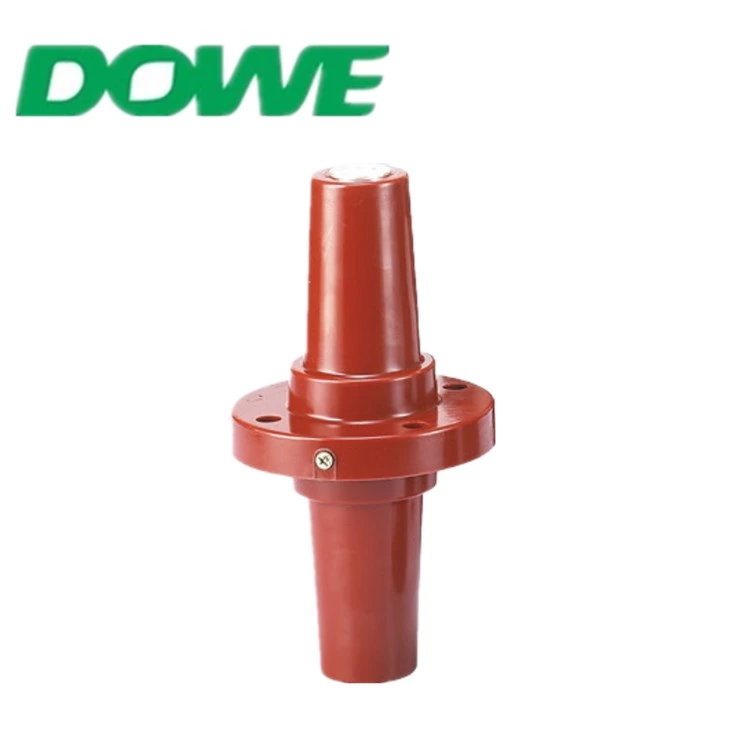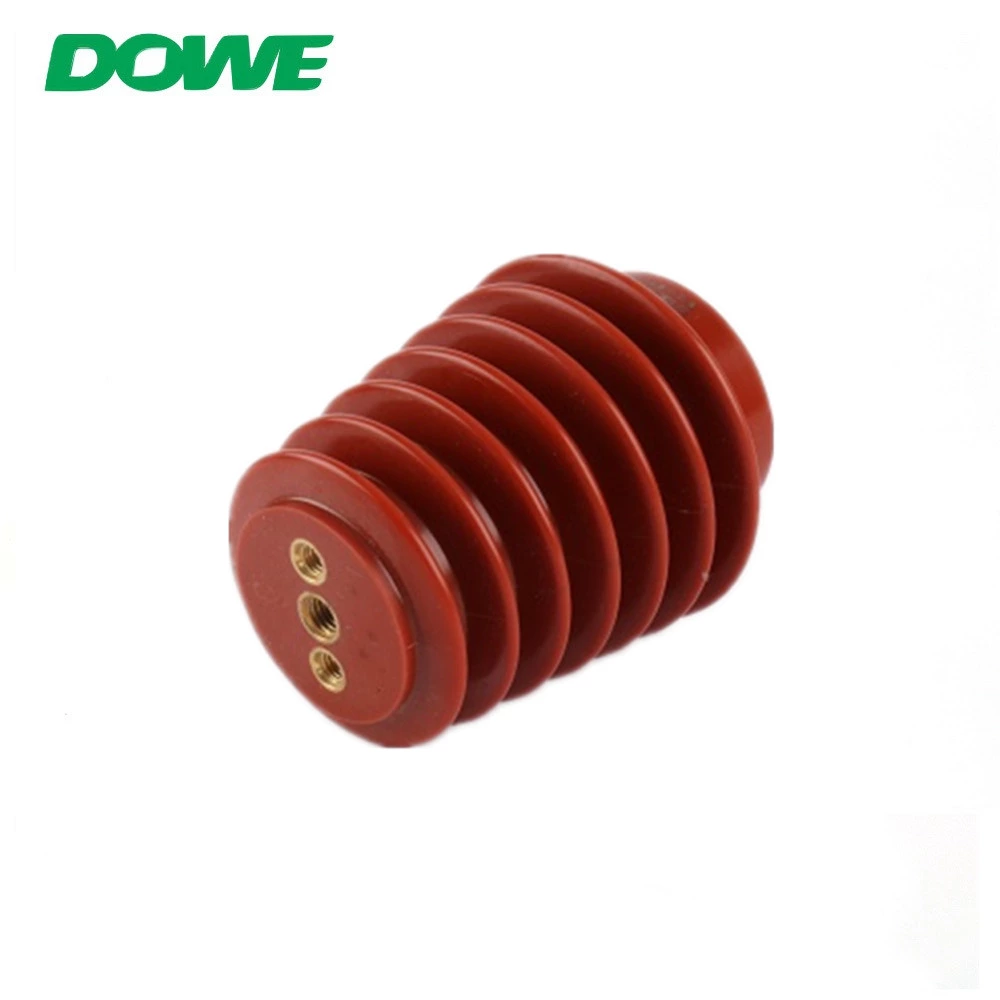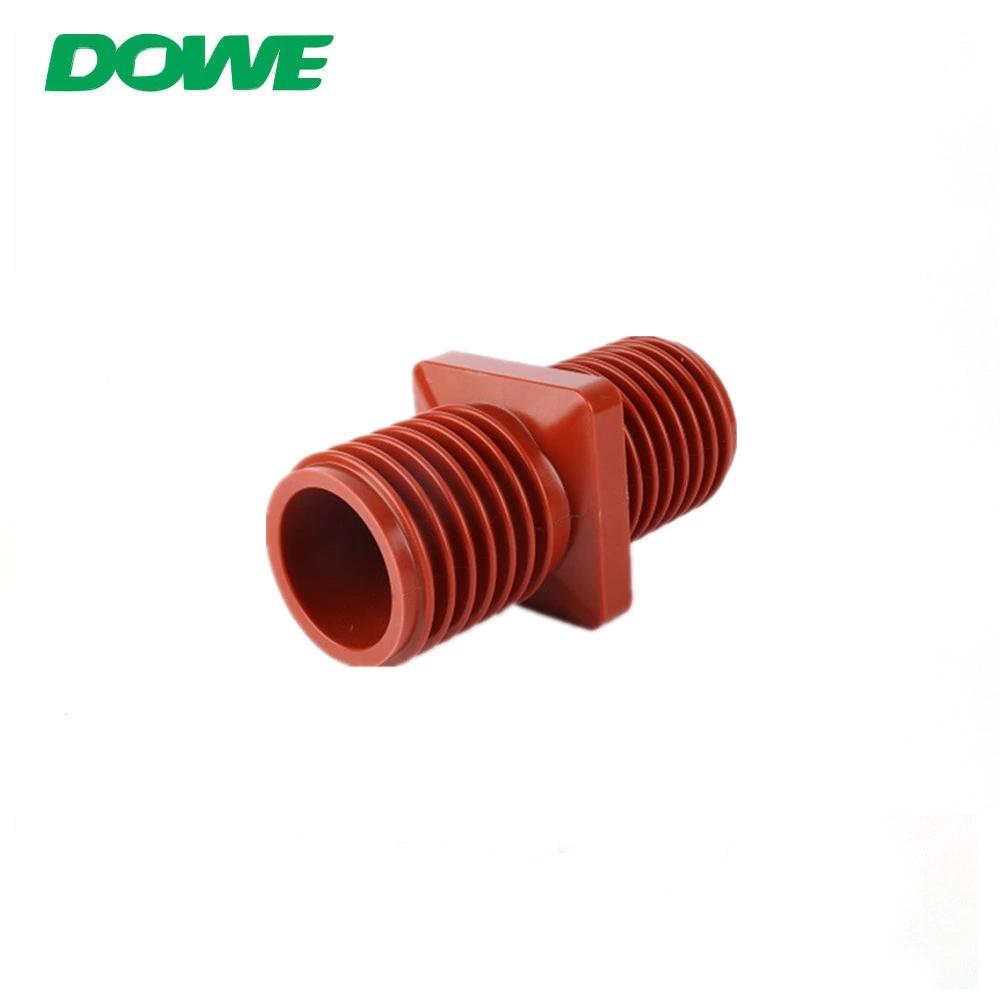Why Use Insulators in Distribution Cabinets?
Distribution cabinets combine high-voltage and low-voltage components, presenting significant safety risks. Insulators are key to ensuring smooth operation.
Insulators isolate electrical components to ensure safe operation and prevent short circuits or failures.
Let’s dive deeper into the critical role of insulators in distribution cabinets and how they work.
What are the Main Functions of Insulators in Distribution Cabinets?
The compact spacing of electrical components in distribution cabinets increases risks of leakage and short circuits. Insulators effectively isolate conductive parts to prevent these issues.
Insulators provide mechanical support and electrical isolation to ensure current flows through designated paths.
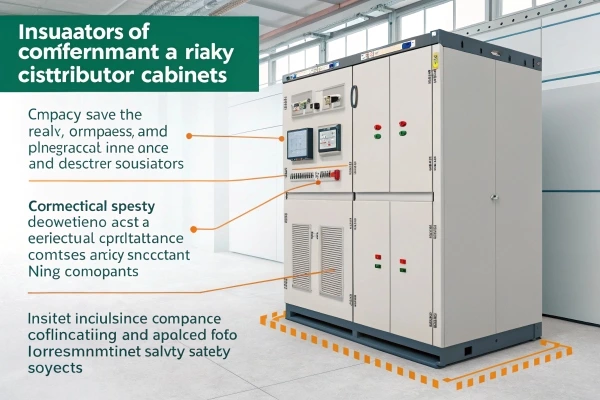
Key Features of Insulators in Distribution Cabinets
- High voltage resistance: Insulators must withstand the high voltage environments inside cabinets. High voltage insulator properties1 detail the materials and designs used to endure extreme electrical stress.
- Heat resistance: Equipment operation can generate high temperatures, requiring insulators with stable thermal properties. Learn about thermal stability in electrical insulators2 and how it prevents heat-induced failures.
- Structural stability: Compact spaces demand insulators with high mechanical strength. Explore mechanical strength of insulators3 to understand how they maintain integrity under pressure and tight configurations.
For example, composite insulators in high-voltage cabinets support busbars while preventing arc discharges.
Materials Used for Insulators in Distribution Cabinets
| Material Type | Features | Application |
|---|---|---|
| Ceramic Insulators | High temperature resistance, high voltage strength | High-voltage environments |
| Composite Insulators | Lightweight, moisture-resistant | Outdoor or humid environments |
| Epoxy Resin Insulators | Flexible shaping, high strength | Precision equipment in small cabinets |
How Do Insulators Enhance Safety in Distribution Cabinets?
Distribution cabinets are often located in high-traffic areas, making safety a top priority. Insulators stabilize electrical components and minimize potential hazards.
High-performance insulators effectively reduce risks of electric shock, fire, and other accidents, ensuring safety for both personnel and equipment.
Improving Operational Reliability
Insulators also enhance the long-term reliability of distribution cabinets. For example, busbar insulators ensure stable power distribution while reducing contact resistance and energy loss.
- Preventing downtime: Avoid interruptions caused by short circuits or arc discharges.
- Extending equipment lifespan: Reduce friction and aging between components.
How Do Insulators Improve Energy Efficiency?
By minimizing leakage currents, insulators indirectly improve energy utilization. For instance, optimized insulator designs reduce maintenance frequency, saving costs for businesses.
Conclusion
Insulators in distribution cabinets protect equipment, enhance safety, and improve efficiency, making them a core component of modern electrical systems.
1.This link would explain the physical and chemical characteristics of high-voltage insulators.🔙
2.A link on thermal stability would educate readers on how insulators resist degradation from heat generated by equipment.🔙
3.A link on thermal stability would educate readers on how insulators resist degradation from heat generated by equipment.🔙
